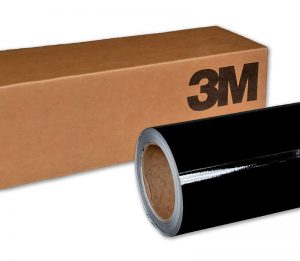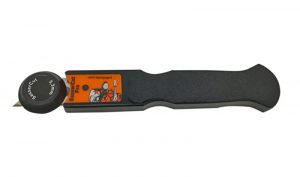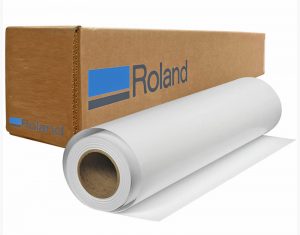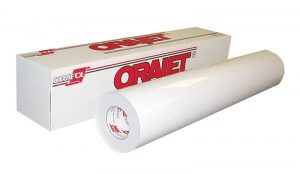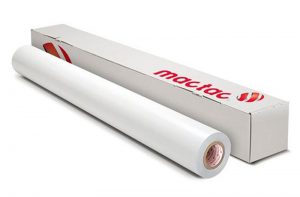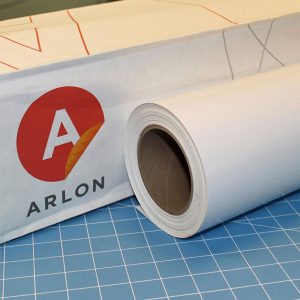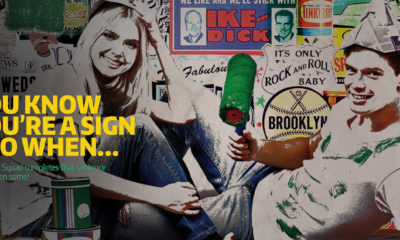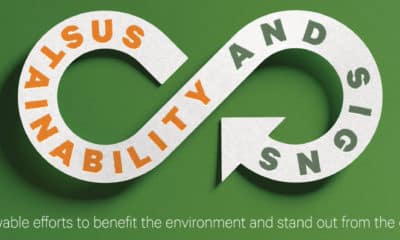WHAT IS THE coolest signmaking medium that you can think of? Maybe the full-color, motion-video billboards that seem to pop up on venues everywhere. Perhaps you love neon signs. After working in the sign industry for multiple decades (who’s really counting?), we think that vehicle wraps are the coolest “signage” that we’ve seen since we’ve been in the industry. In fact, vehicle wrapping is a growing segment that will no doubt continue to have a bright future after the effects of the current pandemic are over and economies begin to recover.
So, why aren’t more signshops in the vehicle wrap business? There are a ton of factors, of course. While templates for most vehicles are available, you still need a talented designer to create the graphics. Assuming you have that covered, a crew of installers must place, trim and conform the printed vinyl in order to achieve a seamless wrap. In the past, installers have had to work gingerly with the vinyl to prevent wrinkles and air bubbles. In addition, they’ve worked with more traditional vinyl-application tools that are designed to provide the best result on a flat surface, but as you are probably aware, vehicles sport a lot of curves.
New Advancements
Probably one of the biggest trends in the wrap world is in the development of easily repositionable adhesives that have grooves that allow air to easily escape during the squeegee phase of installation. This helps eliminate a number of the installer’s biggest headaches. Furthermore, many vinyl manufacturers are offering unprinted durability of the media in a 7- to 9-year range.
Another growing trend in the industry is the use of wraps by car customizers. These folks don’t want to advertise anything, but they want to enhance their vehicle with an amazing color or effect that cannot be found at a dealership. Specialized vinyls have been developed to provide vivid colors and patterns (e.g., raw carbon fiber) and also have a less aggressive adhesive that can be removed after 2-4 years without leaving adhesive residue. One manufacturer is even providing their color vinyls with a clear film that protects the finish from the installation process. After a section is installed, the film is removed.
So, vinyls have come a long way, but what about the installation tools? In the past, a heat gun, a razor knife (we prefer an Olfa), a rivet brush and a flat squeegee were likely required. Now, you can choose from a whole complement of tools designed specifically for various facets of wrapping. You can obtain squeegees for curved surfaces and tuck tools for getting precise folds into auto-panel seams. Magnets are available to hold vinyl panels in place prior to applying. Heck, there are even products to hold pieces in place on non-metal surfaces. You can also get a wide variety of cutting solutions that guard the surface of the vehicle from an errant blade. All of these products are designed for installing vehicle wraps as professionally, quickly and safely as possible.
Sure, there are always new colors and textures to be found with vinyl wrap material. What we are seeing more broadly, however, is a push to make the installer’s job easier – namely, putting on and removing the wrap. In addition, the tools of the trade have significantly expanded for the installer, making their job faster, simpler, more precise and safer to the original finish of the vehicle. These trends will definitely help to bring more shops into the financially beneficial wrapping fold.
Advertisement
PHOTO GALLERY ( 6 IMAGES)



 Tip Sheet1 week ago
Tip Sheet1 week ago
 Photo Gallery2 days ago
Photo Gallery2 days ago
 Ask Signs of the Times4 days ago
Ask Signs of the Times4 days ago
 Real Deal1 week ago
Real Deal1 week ago
 Benchmarks7 days ago
Benchmarks7 days ago
 Women in Signs1 week ago
Women in Signs1 week ago
 Photo Gallery1 week ago
Photo Gallery1 week ago
 Women in Signs1 week ago
Women in Signs1 week ago